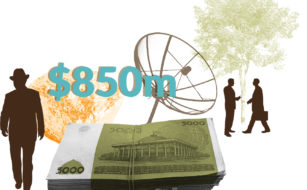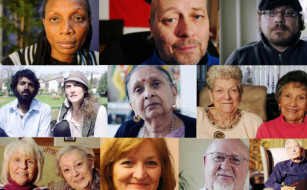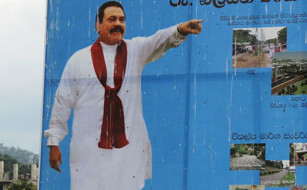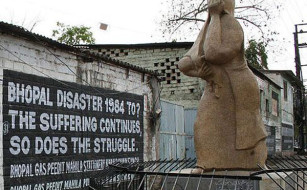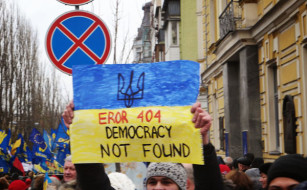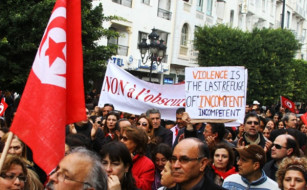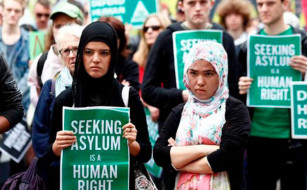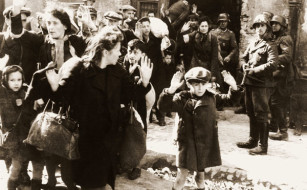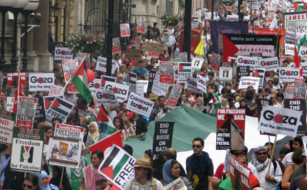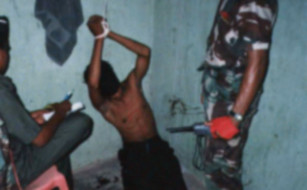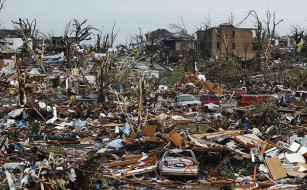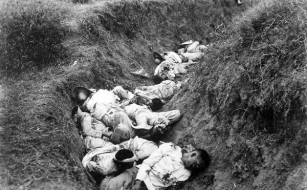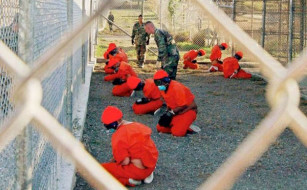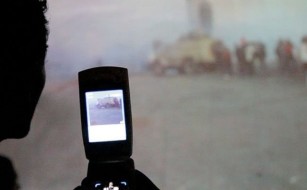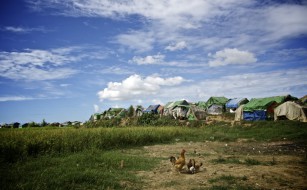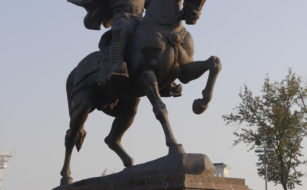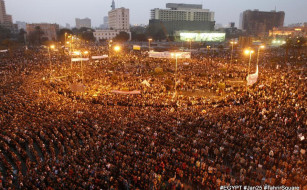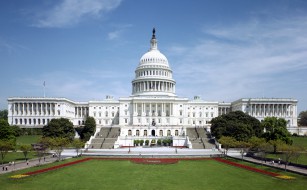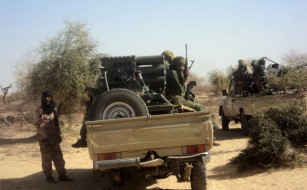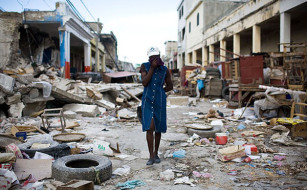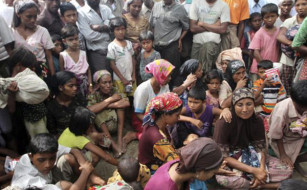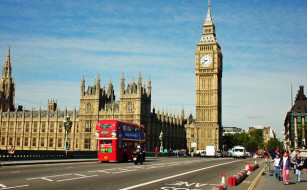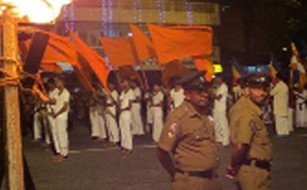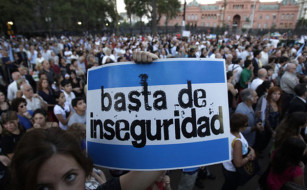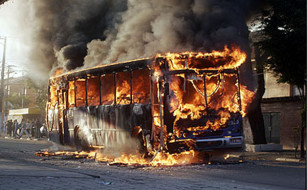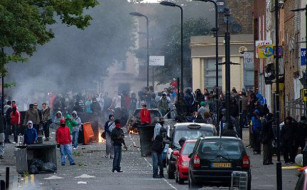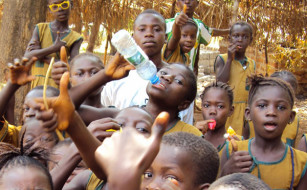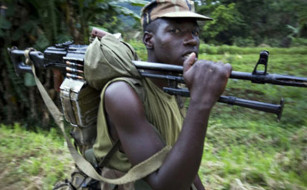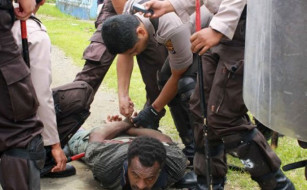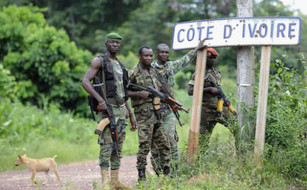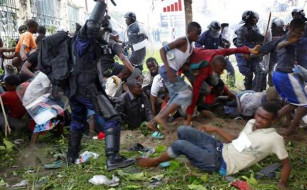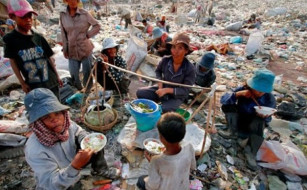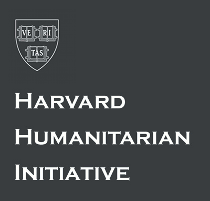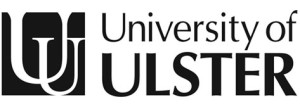COVID-19 and State Crime in Colombia
by Mathilda Lorkin
Human rights in Colombia during the Covid-19 pandemic
Colombia is the third country in Latin America to have gone over the bar of 1 million coronavirus cases in October 2020, which amounts to nearly 1/50th of the population being contaminated. The country has suffered 36, 000 deaths since the first officially declared coronavirus case in March 2020.
Governmental measures taken in response to the pandemic included one of the world’s longest national lockdowns, which started on the 25th of March and ended on the 31st of August in favour of local ones. It was a necessary measure to protect the Colombian population against the virus but its duration of 5 months has had strong negative impacts on the country’s poor and marginalised communities. Displaced and Indigenous communities have not received sufficient support in terms of food, water and healthcare. The latter are highly impacted by the virus, putting them at risk of both cultural and physical extinction. Populations living in remote and rural areas have been subjected to the violence of independent armed groups who profited from the lack of presence of the Colombian government by imposing their own (deadly) lockdown measures. People living in poor urban neighbourhoods and shantytowns have suffered from hunger as governmental aids were inefficiently distributed. Detainees were shot dead after rioting against the poor sanitary state of Colombian prisons.
Overview of Colombia and its health care system
Colombia is a culturally and ethnically diverse country of 49.8 million people. It has a GDP per capita of 16 101$ which is way higher than the South American average of 8 745$.
The country has been subject to incessant guerrilla wars since the 1960s, involving far-left independent groups such as the FARCs (Revolutionary Armed Forces of Colombia) and the ELN (National Liberation Army), drug cartels and paramilitary groups. Violent state response had lessened as Peace agreements were concluded with the FARCs in 2016. However, President Ivan Dunque’s anti-peace agreement stance and his reluctance in their implementation has resulted in the resurgence of tensions. Violent crimes continue to be committed against civilians in rural areas, both by the army (see also here) and independent groups.
Turning to the Colombian health sector, the country has improved its coverage by the health care system from 23.5% of the population in 1993 to 96.6% in 2014. It has both a private (Medicina Prepagada) and public branch. The latter divides into a mandatory public healthcare system (Entidades Promotoras de Salud) and a free, government funded system aimed at extremely poor people (SISBEN).
The expenditure on health as percentage of GDP was of 7.2% in 2018. This can be contrasted with the average global spending on health being of 10% of GDP. The expenditure on health per capita is of 1213$ against a global average of 1080$ per capita in 2017. Per 1, 000 people there are 1.7 hospital beds, 2.2 doctors and 1.3 nurses. These numbers are extremely low compared to other OECD countries, placing Colombia in the five countries with the lowest numbers of medical staff and equipment. This average is still higher than most other OECD countries in the same region. Despite a lack of clear data, the number of ventilators seems to be about 10.88 per 100,000 people.
Covid-19 and violation of civil and political rights
A severe lockdown was imposed nationally by President Dunque from March 25th. People were allowed to leave their home only to access health care services, banks and other places out of serious necessity.
In addition to these strict lockdown measures, people living in rural areas where there is less government control have been imposed even stricter rules by independent armed forces. These groups, often profiting from the gap left by the FARCs as they dismantled after the 2016 Peace agreements, have been imposing their own restrictions on local populations in at least 11 of the 32 Colombian states. These stringent rules include even harsher curfews and lockdowns, restricting economic activities such as preventing fishing after certain hours, stopping sick people from crossing checkpoints to access healthcare facilities, banning access to certain communities to foreigners and members of other communities.
The punishment for those who allegedly fail to respect these arbitrary measures often results in physical injury and sometimes death. This is nothing new since Colombia has seen numerous killings being committed by a diversity of armed groups since the start of the country’s internal conflicts. The failure of the Colombian government to protect its citizens’ right to life has been denounced multiple times.
The Colombian government is bound by its own constitution to prevent threats to its inhabitants’ rights to life (article 11) and protecting them from degrading treatments (article 12). This includes protecting them from threats of armed groups. The pandemic has given these groups and cartels an opportunity to thrive, worsening an already delicate situation.
There has also been a severe repression of protests by the Colombian police.
As soon as lockdown ended people were back on the streets to protest against the government’s non-implementation of the 2016 Peace agreements, inattention to rural areas and economic reforms. There has been a severe repression on the government’s side (linked to the strong militarisation of the police) leaving 13 dead and hundreds injured as they protested against the killing of a lawyer by the police a few days before.
24 inmates were shot during a riot in La Modelo jail in Bogotà and 104 people including 74 detainees were injured. The detainees of this overcrowded prison were demanding for adequate measures to be taken in reducing the spread of the virus, as Colombian prisons work at 122% of their occupancy capacity in appalling living conditions.
It is to be noted that in April a pico y género policy was implemented in the capital city of Bogota, allowing women out on odd days and men on even days. It exposed transgender and non-gender conforming people to greater risks of police arrest and assault, but it was withdrawn three months later in June.
Covid-19 and the violation of economic and social rights
There seems to be a discrepancy between how lockdown was dealt with in urban areas as opposed to the violence which people living in rural and remote areas were exposed to.
Despite financial aids being put in place by the Colombian government, the poorest part of the population was struck the hardest by these measures. Informal workers such as domestics or street vendors, which accounts for 48% of employment in all 23 cities and their metropolitan areas, were suddenly cut from all income with lockdown. It is to be noted that 90% of indigenous people in Colombia work informally in sectors such as trade and hospitality. Government aids were put into place and settlements amounting to half of the minimum wage was given out to at least 2.3 million people. Yet these aids did not reach all its potential recipients in need and an important part of the population felt abandoned. There were severe hunger problems in poorer neighbourhoods and people started putting red cloths at their windows to signal that they had no food. It is to be noted that police raids were organised during lockdown to destroy illegally built habitations in urban shantytowns, leaving their inhabitants homeless in the middle of lockdown.
Indigenous communities are among those who suffer the most from the pandemic, often living in remote areas with poor access to health care and hospitals, food (77% of indigenous people living in La Guajira desert were food insecure in 2018) and water (only 4% of these same inhabitants had reliable access to water in 2019, see also here). This makes the travel restrictions even more fatal to them and harder to comply with. The lack of access to water is particularly alarming in the context of a sanitary emergency as it renders compliance with governmental guidelines impossible and facilitates the spread of the virus. The National Indigenous Organisation of Colombia presented to a UN representative a report presenting high numbers of COVID cases amongst indigenous communities, with 13 out of 33 groups at risk of physical and cultural extinction. It is to be noted that as cultural transmission is done orally, the death of each elder is equivalent to the burning of a library. Among the factors explaining why governmental help has been increased but does not reach them, corruption has been considered by Human Rights Watch.
There is also a lack of care for Venezuelan migrants (an estimated 100, 000 arrived between March and August 2020, see also here) living in shantytowns and officious overcrowded camps, facilitating the spread of the virus. As the Colombian authorities prioritise food distribution to their nationals, they are left with little help.
The Amazonian forest, which has been recognised to have the legal standing equivalent to a human being’s by the Colombian High Court in a 2018 ruling, has also been a victim of increased mining and logging of its vegetation during lockdown due to less surveillance. It also endangers both indigenous people and the whole biodiversity living and growing there.


